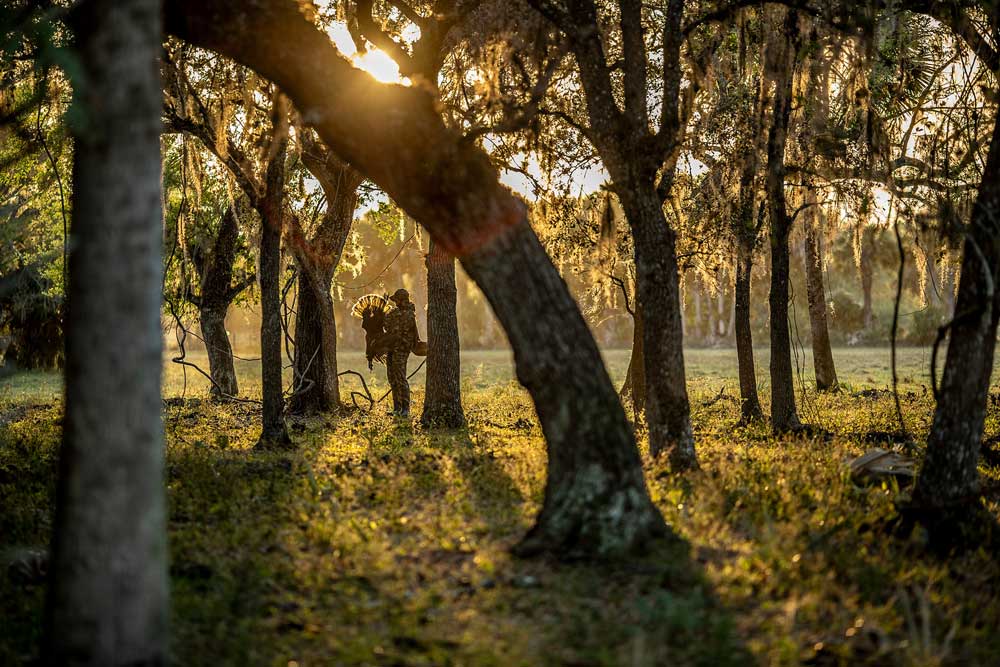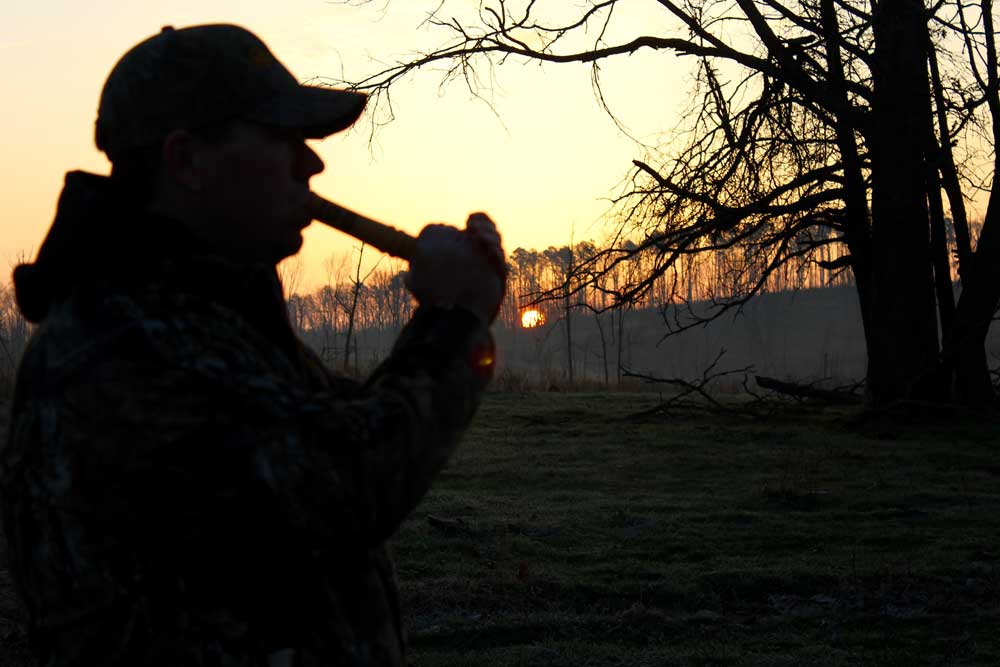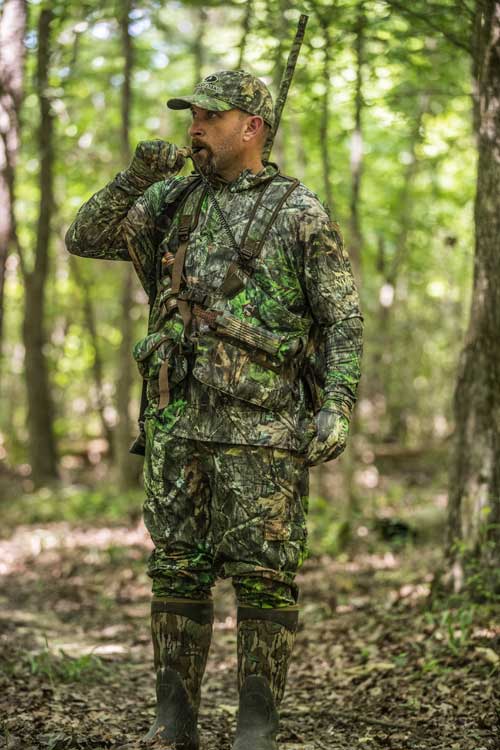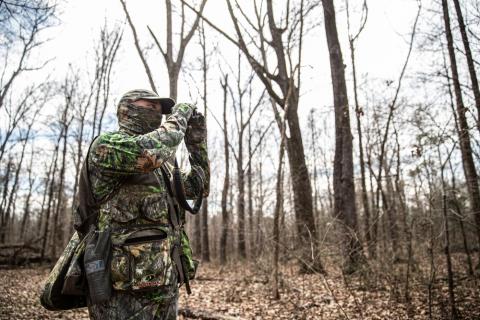Heath Wood

Over the past 25 years of turkey hunting, I have noticed that everyone has unique tips for their success while hunting. These tips often include what types of calls to use, when to use them, decoy tactics, and what time of the day is most effective for calling in a mature tom.
Often, when talking to veteran turkey hunters about the best time to call a gobbler, I hear them mention mid-days. Then I wondered, is mid-days their preferred period because of being more successful, or do they not like getting up as early as they did when they were younger?
Shop Now: Flextone Decoy Bag
Hunters who argue that mid-days are the best time to hunt say it because hens leave the toms to go back to their nest, leaving them lonely and eager to respond to calling. Instead of competing with real hens who hang nearby the toms in the earlier parts of the day, these hunters elect to sleep in and wait for a better chance of calling the tom into shooting range.
The hunters who state that hunting early mornings are more effective base their arguments on getting within close range while a gobbler is still on the roost and present when they fly down. These hunters claim arriving early and getting close eliminates time for other hens to show up and take their gobbler away.
Both tactics have solid arguments for why their time of day is better than the other. So, the question remains, what time of the day is better?
For anyone who has spent much time turkey hunting, they know success can be like that of a fisherman. One day a fish may bite a specific type of lure or color, then the next or even hours later, the fish prefer something different. The same goes for turkey hunting; one day, they may respond early to a particular type of call, then the next day, it may be different, with mid-day being more effective. The uncertainty of what a turkey will like each day makes it hard to claim that early mornings or mid-day is better.

Many aspects play a part in when turkeys respond to calling the best. Weather can be an essential factor. Yet, in my opinion, it depends on what stage of the breeding season a turkey is in when determining the best time to hunt. In the early part of the season, especially if the weather is still cool, turkeys are in the early stages of the breeding season. The early stage of the breeding season typically means fewer hens have been bred, resulting in fewer hens laying their eggs. In this case, hunting earlier mornings would be the most effective.
Getting as close as one can while the turkey is on the roost before calling is necessary, followed by soft calling. Competing against hens will likely require the hunter to call more aggressively. It can let the gobbler know who wants him more or bring in the hens to compete, typically leading the gobbler close behind.
As the season progresses, many things can change as a result—the weather warms towards the end of April and May. As the temperatures warm, the foliage on the trees increases dramatically, providing more cover for the hunter to hide behind while moving. The stages of the breeding season also change. More hens have now been bred and will establish their nest. When hens begin nesting, there is less competition to compete against for the hunter. The downside to this scenario is that many turkeys have been hunted for a couple of weeks, causing them to become call shy or cautious about responding to calling.
Shop Now: Mossy Oak Men's Performance Turkey Hoodie
When this stage of the breeding season occurs, hunting mid-day becomes more effective. Often, gobblers will head to their strut zones during the mid-day to try and attract any remaining hens to their location. For hunters, strut zones can be great locations to sit as the morning progresses. As the latter part of morning advances, hunters can already be set up near their strut zones with a couple of decoys in place. A few soft yelps and some soft purrs symbolize a lonely hen searching for company. As the day progresses, toms are more likely to respond to the calls because they are also lonely.

If strut zones such as open fields are not an option where you hunt, another mid-day tactic is to use a run and gun style of hunting. Running and gunning are typically done by hunters walking a large area, stopping periodically to use a locator call such as a crow call to strike up a gobble. Once a gobbler is located, hunters can ease closer and begin to call. A mid-day gobbler who is by himself can typically be called into close range because of being eager to find another hen who has not yet been bred.
When hunters adjust to what stages of the breeding season the turkeys are in and what turkeys are doing, the best time to hunt turkeys can be anytime.



















